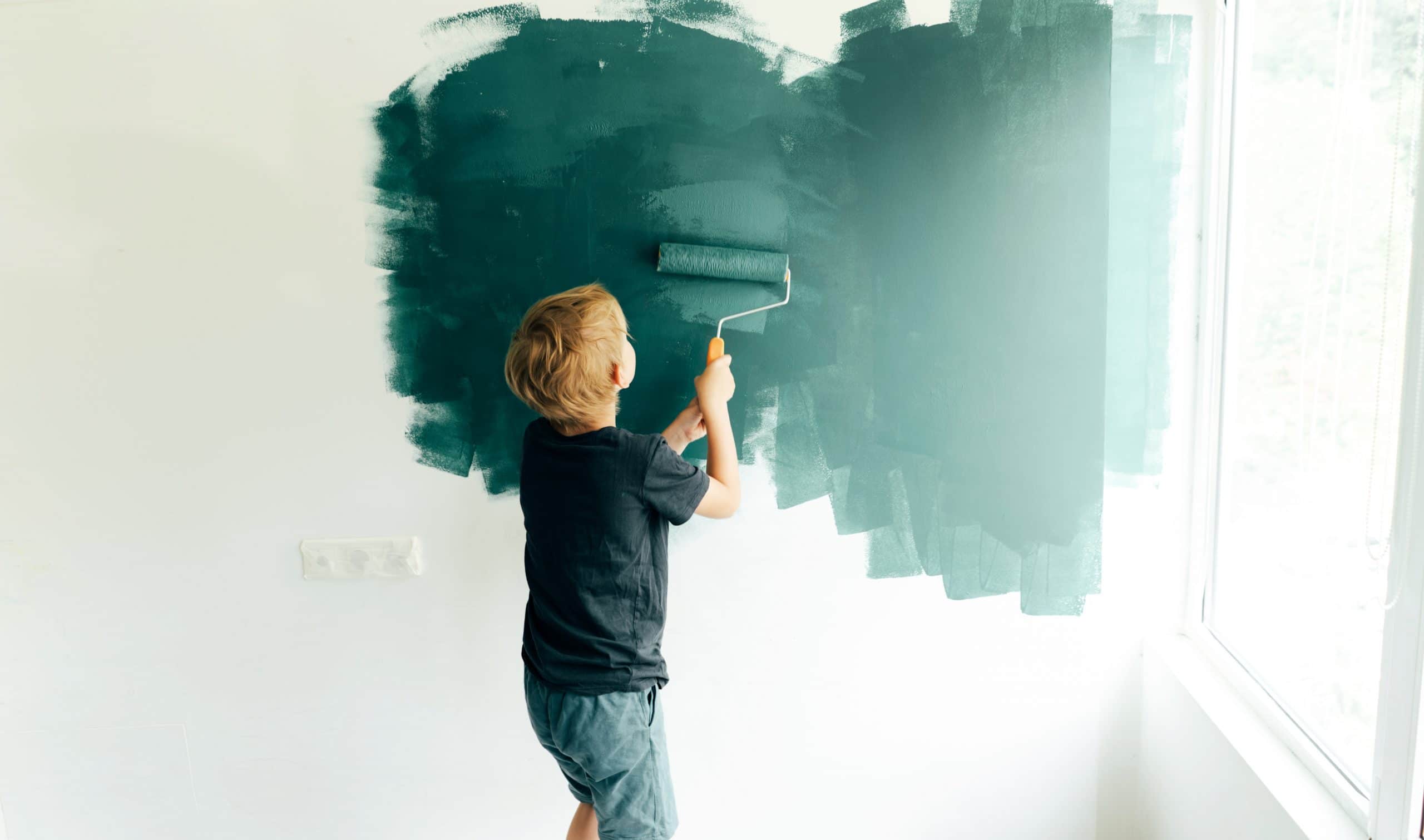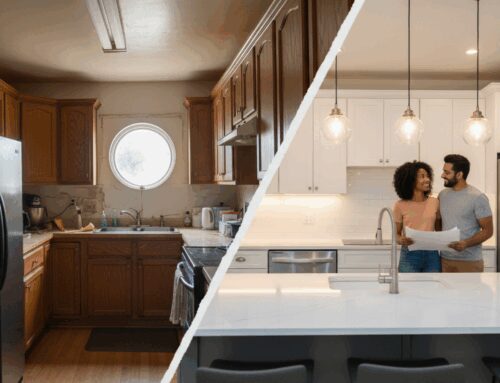Did you know that the colors in your home can have a significant impact on your mood and overall well-being? Color psychology is the study of how different colors affect our emotions, behavior, and mental state. In this article, we’ll explore the basics of room color psychology, including the impact of colors on our mood, how to choose the right colors for your space, and some popular color schemes to consider.
The Impact of Colors on Our Mood
Colors have the power to evoke different emotions and feelings. For example, warm colors like red, orange, and yellow can create a sense of energy and excitement, while cool colors like blue and green can create a calming and relaxing atmosphere. Here’s a breakdown of some common colors and their associated emotions:
- Red: excitement, energy, passion
- Orange: warmth, happiness, enthusiasm
- Yellow: optimism, cheerfulness, creativity
- Green: peace, balance, harmony
- Blue: calmness, relaxation, serenity
- Purple: luxury, creativity, spirituality
- Pink: love, calmness, nurturing
- Brown: stability, reliability, warmth
- Gray: neutrality, balance, sophistication
- Black: elegance, power, mystery
- White: purity, clarity, simplicity
Choosing the Right Colors for Your Space
When choosing colors for your space, it’s important to consider the purpose of the room and the mood you want to create. For example, warm colors like red and orange are great for creating an energetic and lively atmosphere in a living room or dining room, while cool colors like blue and green are ideal for creating a relaxing and calming atmosphere in a bedroom or bathroom.
It’s also important to consider the amount of natural light in the room, as this can affect how the colors appear. Rooms with lots of natural light can handle bolder, brighter colors, while rooms with less natural light may benefit from lighter, more neutral colors.
Popular Color Schemes to Consider
Once you have an idea of the mood you want to create and the colors you want to incorporate, it’s time to choose a color scheme. Here are a few popular color schemes to consider:
- Monochromatic: This color scheme uses variations of the same color for a cohesive and calming look.
- Complementary: This color scheme uses colors that are opposite each other on the color wheel, creating a bold and dynamic look.
- Analogous: This color scheme uses colors that are next to each other on the color wheel, creating a harmonious and balanced look.
- Triadic: This color scheme uses three colors that are evenly spaced on the color wheel, creating a vibrant and energetic look.
The Impact of Colors on Productivity
While we’ve discussed how colors can impact our emotions and mood, they can also have an effect on our productivity and focus. For example, blue has been found to enhance productivity and focus, making it a great color for a home office or study space. Similarly, green has been shown to reduce eye fatigue and can help with concentration, making it a good choice for a workspace as well.
Colors and Sleep Quality
The colors in your bedroom can also impact your quality of sleep. While it’s important to choose colors that you find relaxing and soothing, it’s also important to consider the brightness and intensity of the colors. Bright, bold colors can be overstimulating and make it difficult to relax and fall asleep. Softer, muted shades of blue, green, or lavender can help create a peaceful and restful environment.
The Role of Color in Interior Design
In addition to impacting our emotions and mood, colors can also play an important role in interior design. Colors can be used to highlight architectural features or to create a sense of flow and cohesion throughout a home. For example, using the same color in different shades throughout a space can create a sense of continuity and balance.
Experimenting with Color in Your Home
Choosing colors for your home can feel daunting, but remember that it’s okay to experiment and try different things. You can start small by incorporating pops of color through accessories or artwork, and then gradually work your way up to larger elements like furniture and walls. And if you find that a particular color isn’t working for you, it’s easy enough to switch things up and try something new.
Conclusion
In conclusion, understanding room color psychology can be a helpful tool in creating a home that is not only visually appealing but also promotes overall well-being. By considering the impact of colors on our emotions, productivity, and sleep quality, we can make intentional choices that support our lifestyles and personal preferences. So don’t be afraid to explore the world of color and experiment with different shades and combinations to create a space that truly feels like home.
Get in touch with us at www.homeremodelingscontractors.com for a personalized quote.






Leave A Comment